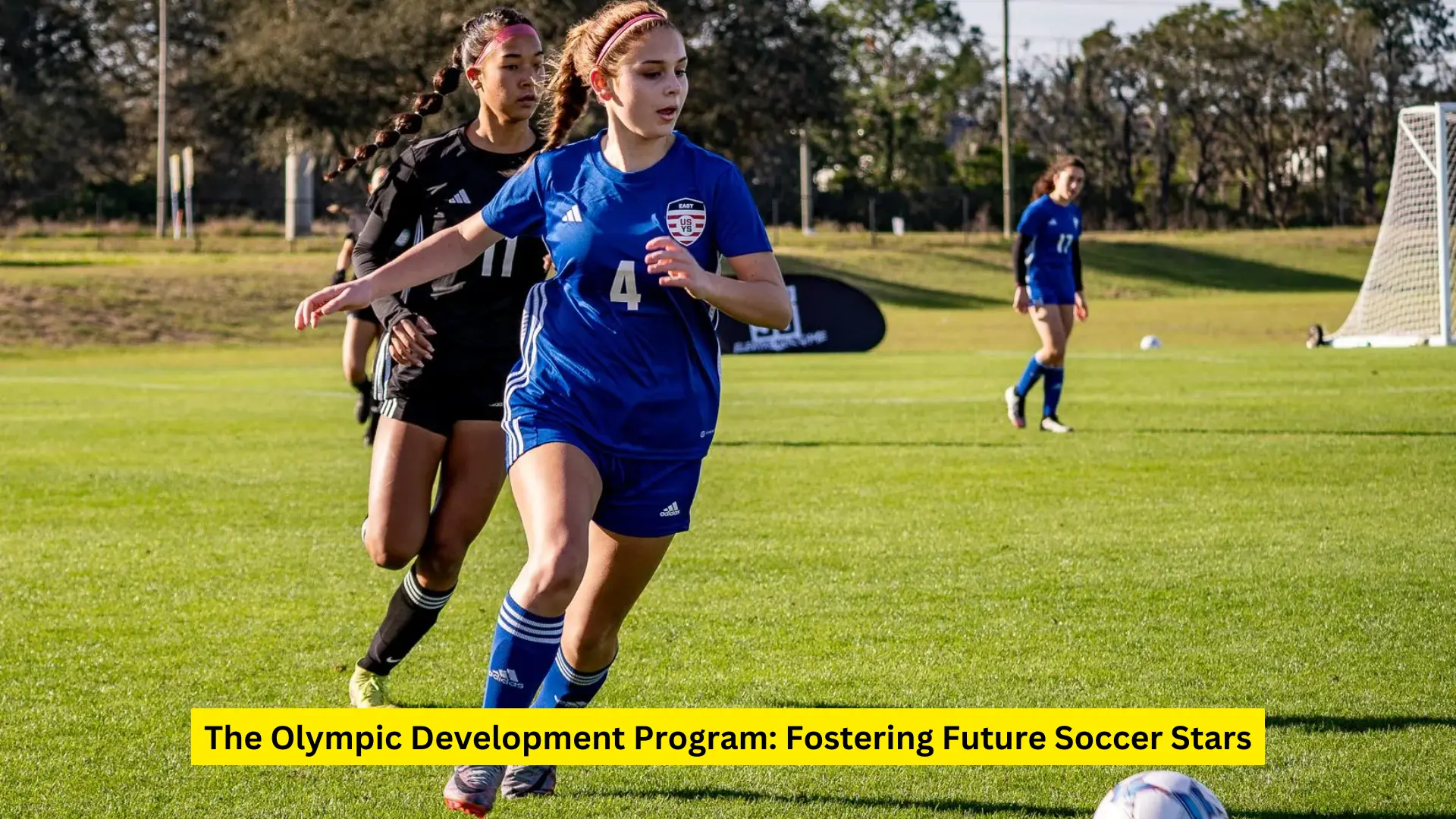The Olympic Development Program: Fostering Future Soccer Stars

The Olympic Development Program (ODP), overseen by US Youth Soccer, stands as a cornerstone in the development of young soccer talent in the United States. This program, with its rich history and structured framework, aims to identify and nurture young athletes, preparing them for elite levels of competition. As we delve into the intricacies of the ODP, we uncover its structure, selection process, and the significant impact it has had on soccer in the United States.
History and Evolution of the Olympic Development Program
The Olympic Development Program was established in 1977 with the primary goal of identifying talented youth soccer players and providing them with the opportunity to develop their skills through high-level competition and training. Over the decades, the program has evolved, adapting to the changing landscape of soccer both nationally and internationally. This evolution has ensured that the ODP remains relevant and continues to produce players who are capable of competing at the highest levels.
Structure of the Olympic Development Program
The ODP is structured into several tiers, each designed to progressively develop a player’s abilities. These tiers include:
- State-Level Programs: The foundation of the ODP begins at the state level, where local associations identify and select talented players. These state programs conduct trials and training sessions to evaluate and develop players’ skills.
- Regional-Level Programs: Successful players from the state level advance to regional programs. The United States is divided into four regions: East, Midwest, South, and West. Each region hosts camps and competitions, providing a higher level of exposure and development.
- National-Level Programs: The top players from each region are selected for national-level training and competitions. These players have the opportunity to represent the United States in international competitions, further honing their skills and gaining valuable experience.
Selection Process
The selection process for the ODP is rigorous and highly competitive. It begins with tryouts at the state level, where players are assessed on various aspects of their game, including technical skills, tactical understanding, physical fitness, and psychological attributes. Coaches and scouts evaluate players during these tryouts, looking for those who possess the potential to succeed at higher levels.
Once selected for the state team, players participate in training sessions and competitions to further showcase their abilities. Outstanding players from the state level are then invited to regional camps, where they compete against their peers from other states. The best performers at these camps are chosen to join the regional teams, which compete in regional and national tournaments.
Benefits of the Olympic Development Program
The ODP offers numerous benefits to young soccer players, helping them to develop both on and off the field. Some of the key benefits include:
- High-Level Coaching: Players in the ODP receive coaching from experienced and highly qualified coaches. These coaches provide valuable insights and guidance, helping players to refine their skills and improve their game understanding.
- Competitive Environment: The ODP exposes players to a highly competitive environment, allowing them to test their abilities against some of the best young talents in the country. This competition is crucial for development, as it pushes players to improve and adapt.
- Exposure to College and Professional Scouts: Participation in the ODP can significantly increase a player’s visibility. College and professional scouts frequently attend ODP events, providing players with opportunities to secure scholarships or professional contracts.
- Character Development: The ODP emphasizes not only technical and tactical development but also the importance of character and sportsmanship. Players learn valuable life skills such as teamwork, discipline, and resilience.
Impact on U.S. Soccer
The ODP has had a profound impact on soccer in the United States. Many players who have gone through the program have gone on to achieve significant success at the collegiate, professional, and international levels. Notable ODP alumni include Landon Donovan, Mia Hamm, and Claudio Reyna, all of whom have made substantial contributions to the sport.
Furthermore, the ODP has played a crucial role in increasing the overall standard of youth soccer in the United States. By providing a structured pathway for talent development, the program has helped to raise the level of competition and has contributed to the growth and popularity of soccer nationwide.
Challenges and Future Directions
Despite its successes, the ODP faces several challenges. One of the primary challenges is ensuring accessibility for all talented players, regardless of their socio-economic background. The costs associated with participation in the ODP can be prohibitive for some families, potentially excluding talented players from the program.
To address this issue, US Youth Soccer and other stakeholders are working to provide scholarships and financial assistance to deserving players. Additionally, there is an ongoing effort to expand the reach of the ODP, making it more inclusive and representative of the diverse talent pool in the United States.
Looking to the future, the ODP aims to continue evolving and adapting to the changing needs of the soccer landscape. This includes incorporating new training methodologies, leveraging technology for player development, and strengthening partnerships with clubs and academies across the country.
Conclusion
The Olympic Development Program remains a vital component of youth soccer development in the United States. By identifying and nurturing young talent, the ODP plays a critical role in shaping the future of American soccer. As we look ahead, the program’s continued success will depend on its ability to adapt and innovate, ensuring that it remains at the forefront of youth soccer development.




